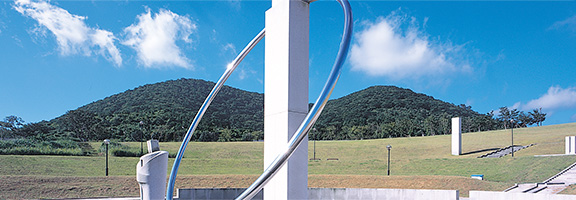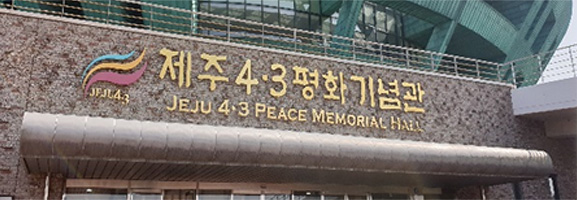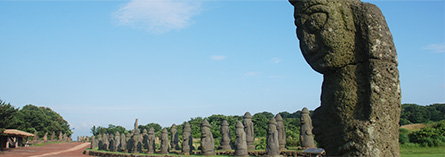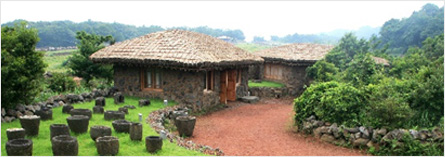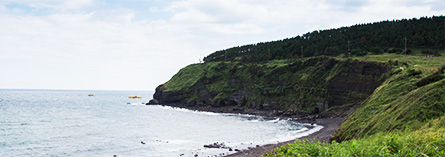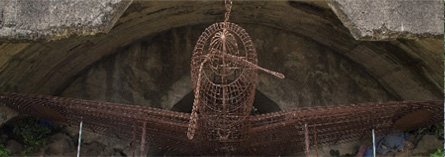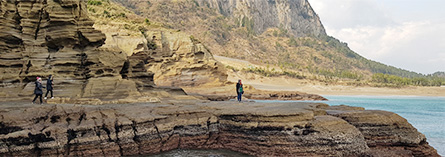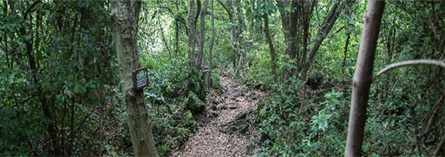
Jeju Island, which is both beautiful and peaceful, also carries a lingering scar. Jeju is overcoming historic pain and opening the door the peace and reconciliation. By remembering the civilian massacre following the April 3rd Jeju Uprising and the harsh life of Jeju residents, visitors can take a step closer to the future of reconciliation and co-prosperity.
아름답고 평화로운 제주도에서 일어난 크나큰 아픔, 제주는 그 아픔을 극복하고 평화와 화해의 문을 열어 가고 있습니다. 4.3 사건으로 인한 민간인학살과 제주도민의 처절한 삶을 기억하고 추념하며, 화해와 상생의 미래를 열어가는데 한 발짝 가까이 다가갈 수 있습니다.

Traditionally, Jeju has been called “Sammu: Three non-existence,” which means there is no thief, gate, or beggar in Jeju. No matter how hard it was, there was no greed or begging from others. In light of this guiding community spirit, you can experience the culture of Jeju’s proud people who have lived for generations believing and depending on each other. Looking into the unique stone and horse cultures of Jeju, visitors can think about the community spirit that human society should pursue.
예로부터 도둑, 거지, 대문이 없다 하여 "삼무(三無)의 섬"으로 불리는 제주도, 아무리 어렵더라도 남의 것을 탐내거나 구걸하는 일이 없었고, 공동체 정신으로 서로 믿고 의지하며 살아온 제주 사람들의 문화를 접해볼 수 있습니다. 제주가 가지고 있는 고유의 돌문화, 말문화를 들여다보며 인류사회가 지향해야 할 공동체 정신에 대해 생각해 볼 수 있습니다.

Jeju Island is beautiful and peaceful, but inside of Jeju an enduring injury remains. Visitors will be able to see this, and also have the opportunity to look for the real value of peace.
평화롭고 아름답지만 그 이면에 큰 아픔을 간직하고 있는 제주도, 그 아픔을 들여다보고 평화가 갖는 진정한 소중함을 접해볼 수 있습니다.

Visitors can completely feel the beauty of Jeju’s nature, admiring the scenery of Sanbang Mountain, which was designated as a “world geopark” by UNESCO, and Yongmeori Beach. Walking through Gotjawal Forest, which used to be abandoned but is known as “Jeju’s lung,” visitors can enjoy time to think about the way we coexist with nature, which must be protected.
유네스코 세계지질공원으로 선정된 산방산 ~ 용머리해안 일대를 직접 보며 제주의 아름다운 자연을 온전히 느낄 수 있습니다.
예전에는 농사를 지을 수가 없어 버려진 땅이었지만, 제주의 허파로 불리며 재조명되고 있는 곶자왈 지역을 걸으며 우리가 보전해야 할 자연환경과 공존해나가기 위한 방안에 대해 생각해 볼 수 있습니다.

